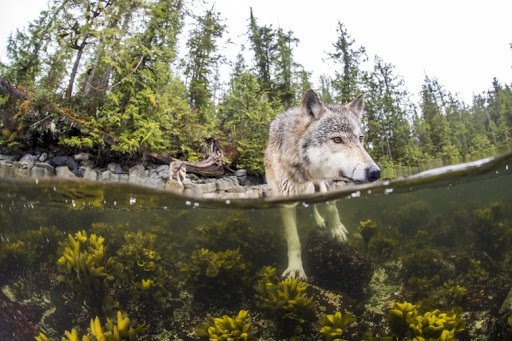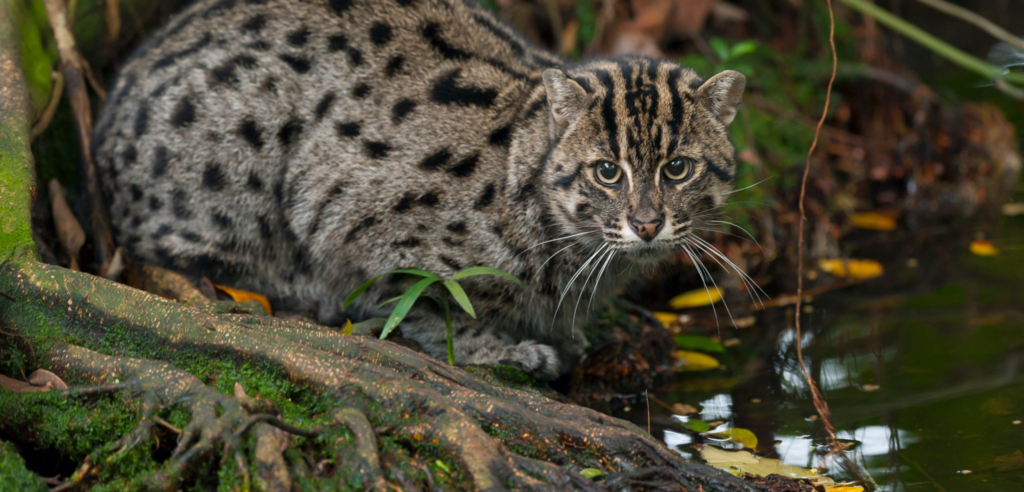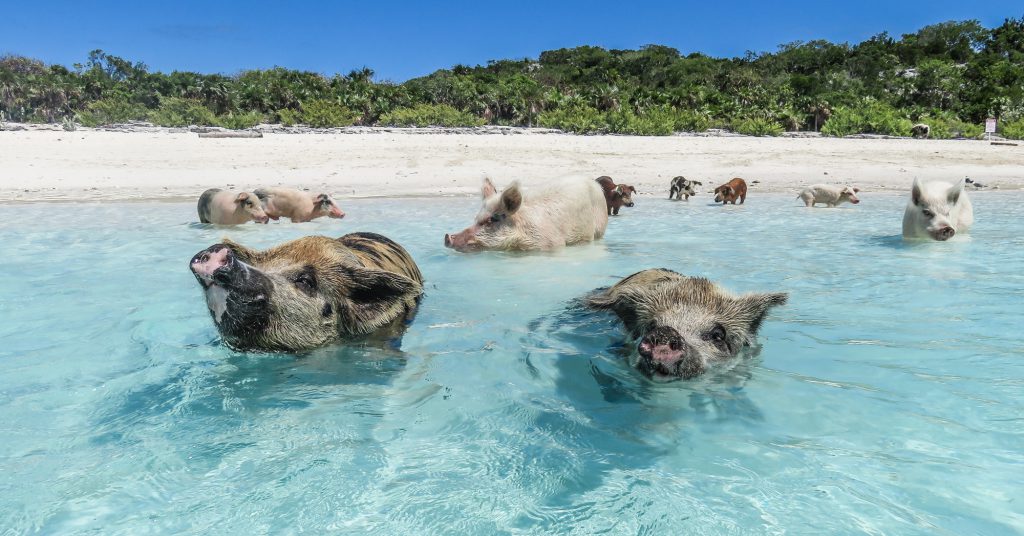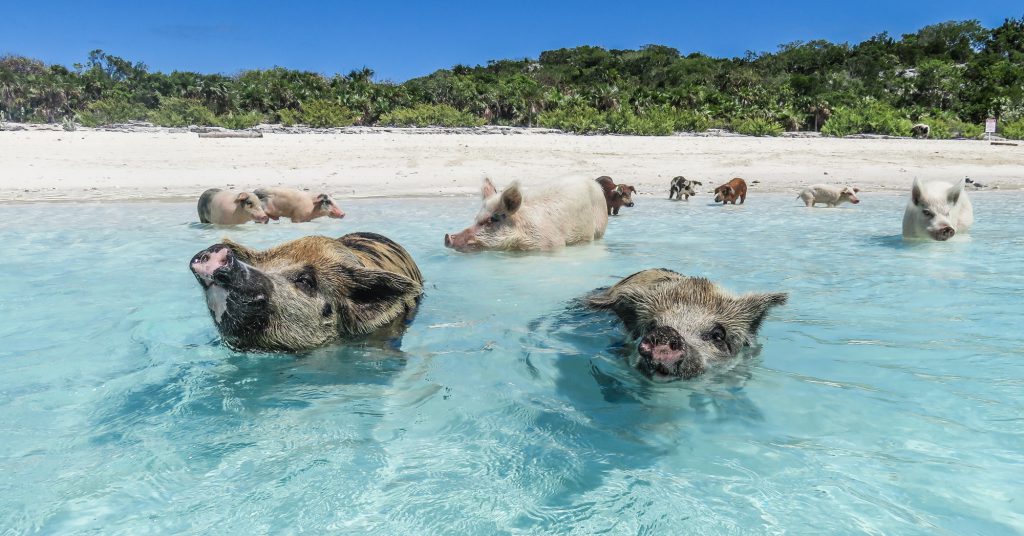For the past two months, I have been overwhelmed by the COVID-19 pandemic news constantly updated via all media and also mentioned regularly in my morning podcast routine, in the dinning conversation with my wife and my big family.
It was worrisome at first, but later on, it has somehow lost its impact on me. I have become more and more resistant to the news. But do not get me wrong at this stage please, I still wear a mask when going out and pretty much restrict any outside personal activities. I even ordered my employees to work at home until the COVID-19 situation gets better. It is simply that I no longer feel anxious as I was, instead, I understand that this is the situation that you and I are going to be in for a long time; and even when the world announces that COVID-19 pandemic is over, it still does not mean that they would lift all bans and life could immediately return to normal.
From my perspective, there is no way to expect that it would turn out to be like that. Deep down inside, I no longer look forward to that day anymore, instead, I look sideway for my self-adjustment plan that allows me to be able to survive and thrive in my current – very much common to you too – situation.
The coronavirus pandemic is not unprecedented. Whoever you are, whatever role you play, you can search in the Internet to find some key lessons in order to either be a better entrepreneur in time of crisis, or a better employee, or even a better care-taker of your family. However, these lessons are pretty much man-made, and there are always some doubts or disputes on the effectiveness and contemporaneity of them. Thus, I decided to look further to the history of nature evolution with an aim to seek for my own answers. Here are what I found.
1. A Sea Wolf in Great Bear Rain Forest, Pacific Coast of Canada

Sea wolves are a unique breed of wolf found in the Great Bear Rainforest along the Pacific Coast of Canada. Swimming between islands like fish, they are genetically distinct from their inland cousins, or from wolves in any other part of the world. For thousands of years, wolves have lived in peace. They have a unique relationship with the coastal First Nations peoples, for whom the wolf was considered as a revered animal treated with admiration and respect. In the early 2000s, devoted nature photographer and conservationist Ian McAllister, and Canadian wolf biologist Paul Paquet started to conduct research about these coast mainland wolves eating salmon from the wild grey Pacific Ocean. They discovered a remarkable fact that locals already knew: 25 percent of the wolves’ diet was made of fish. Most extraordinary is the coastal wolves’ swimming ability, often swimming across miles between islands.
The reason for the wolves’ change of habitant is the climate change, food shortage and fierce competition among other inland predators. To cope with the new living condition as mentioned, they have to alter their food choice and develop the ability to swim long distance.
2. A Fishing Cat in South Asia

The fishing cat is broadly but discontinuously distributed in Asia and is primarily found in the Terai region of the Himalayan foothills in India and Nepal, in eastern India, Bangladesh and Sri Lanka. The fishing cat is thought to be primarily nocturnal and is very much at home near water. It can swim long distances, even under water. Fishing cats have been observed while hunting along the edges of watercourses, grabbing prey from the water, and sometimes diving into the water to catch prey further from the banks. Their main prey is fish; scat collected in India’s Keoladeo National Park revealed that fish comprises approximately three-quarters of their diet, with the remainder consisting of birds, insects, and small rodents.
To cope with the new living habitat, here are some biological alterations of the fishing cat:
- They grow their body size larger to wrestle with bigger fish in the water instead of the house rat
- They have short legs to maintain balance when walking in shallow water
- They have bigger chest for lung capacity and front-leg repulsive swimming force
- Last but not least, they now eat mostly fish
What I Am Trying to Say Here?
At the end of the day, “Wolf is still Wolf and Cat is still Cat.” No doubt! But what I found is that the sea wolf and the fishing cat have lots of things in common: the ability to modify their mental strength from being afraid of water to swimming for miles, and the physical inside-out ability to adapt to the new living habitat by the digestive system and the body size, the chest, the legs. These inspirational creatures do teach us valuable lessons about how nature copes with hazards.
How About Marketing?
Back to our coronavirus situation, marketing – as a function of business, for sure, has to adapt quickly to the situation of decreased customer demand. The starve of revenue to our organizations like a food shortage to a living entity that creates various protective yet negative responses. Our organizations shrink back in size by laying off employees, burning more reserved capital like fat, last but not least, our product/service offering has to change like our weight.
So you see, there are lots of similarities among sea wolf, fishing cat, and our organizations in a sense of coping with the changing habit of food scarcity or so-called, no customer demand. We, as being of supreme intelligence, might not have really invented anything but learned from the nature and adapted it to the way we live, work and thrive despite any circumstances that we are in.
How to Adapt?
Again, you can find the most suited answer for yourself on the Internet. I have no objection to that, and in fact, I have learned a lot from “professor Google” than anyone else in my doctoral program so far. However, there is only one problem that the knowledge gained from Google is still a bit scattered despite all the attempts from Google to systemize the global information. To make it simple, here is my summary to simplify the complexity and offer a deeper insight into “How a company should adapt to the current circumstance and change for the future”
Short Term – Change of Tactics
The goal of short term is to survive, but it does not mean running-away tactics like shutting down the entire business. In the wild, the ability of some species of frogs to get frozen in ice for months and later on revitalize back into life is quite rare or the ability of bears to hibernate throughout the whole winter, as such, I do not recommend this tactic to everyone. Rather than that, we should look for a way to maintain the business at the least active level without creating great burden or impact on the operation. Some of the tactics:
- Cutting unnecessary costs
- Optimize the procurement
- Look for a way to optimize operation with lower costs but still maintain the effectiveness (such as the current WFH situation)
- Reject some clients or project, especially the troublesome ones and force on the most loyal ones.
- Reduce work time for employees and, if necessary, some lay-offs
All of these are to conserve vitality of the company for later use. There is a very thin line between planned crisis management and frantic shut-down of a business so, as an entrepreneur, one should prudently act upon this matter.
The first fall into water of a cat is not a pleasant experience, to say the least, but gradually it will learn how to swim, how to dive, and to catch fishes.
Mid Term – Change of Strategy
The goal of middle term is to transform; all the necessary changes happen during this period. For the cat, after years of suffering, it finally gets used to the taste of fish, knowing how to swim and how to catch fishes. Similarly, an organization of resilience at this state has developed the mindset and skill sets to cope with the new operating condition. Reflecting on the current situation, people in the foreseeable future would have learnt to work from home and still keep the deadlines as well as other aspects of work efficiency. Customers would have learnt to go online shopping, to take good care of themselves by exercising frequently and adopting a more healthy diet – veganism for example. From business and marketing perspective, what we can do:
- Prepare, propagate and facilitate right process and procedure
- Frequently communicate inspirational speeches to lighten up employee’s spirits
- Adjust, modify the product/service offering
- Select and de-select certain segments of customers and need states to ensure relevancy.
- Redefine business’ value and brand positioning to match the new market’s needs
- In later half of the midterm, it is also essential for companies to build up strengths in terms of both intangible and tangible ones. The tangible ones include processes seamlessness, effective structure, employee spirits, or knowledge base enforcement. The tangible one includes accumulated capital, patents or new infrastructure. With all the built-up resources, they are ready to enter the next stage.
In later half of the midterm, it is also essential for companies to build up both intangible and tangible strengths. The tangible ones include processes seamlessness, effective structure, employee spirits, or knowledge base enforcement. The tangible ones include accumulated capital, patents or new infrastructure. With all the built-up resources, they are ready to enter the next stage.
Long Term – Change of Grand Strategy
The goal of long term is to progress. Since the new market and need state is well defined, companies with the best preparation in mid-term would be benefited the most. Like the wolf and cat that have spent tremendous amount of time and effort to learn how to swim and develop the necessary muscle mass in their chest, front-legs and lung capacity, it is the high time for them to rightly settle down in The New Normality. Companies at this moment can change their grand strategy from defense to attack, from stable operation to agile take-over. The switch from one alternative of grand strategy to another is crucial to ensure a future success. And of course, it must happen extremely fast!
- What we can consider at this stage:
- Wise spending of the capital that has been reserved during the previous stage to scale up the business
- Quickly replicate the established new skill sets via training and mentoring
- Branding and marketing activities rolled out aggressively in the market to conquer the pioneering position in customers’ mind before it is too late.
There is a slim opportunity after every crisis; those who can capital on it will be a leader and the others will be followers. Dominant players of the past might not exist at this moment and it has been historically proven that new regime can only be established by revolution which is triggered by a great downfall.
The Aftermath
After the dust has settled, a new set of society and economic orders are established with new classes, new leaders, the suffered and the begone. Life will continue by taking a new form in mankind’s history that we call “The New Normality” such as the rise of the United State to utmost power after WWII ended, the empire of Microsoft during the Internet era, the rise of Alibaba after SARS pandemic, and the upcoming unknown entities after the COVID-19 pandemic is either over or fully integrated into our lives.
Throughout the history of Mother Earth, nature, and mankind, there have been thousands of similar case studies about changes and revolutions. If you are not convinced by the Wolf and the Cat, you can check out the Swimming Pig in Bahamas, and many species who sacrificed their Old Normality to accept and adapt to the new one.

The Concept of Amphibiousness
I would like to end my intellectual adventure on a new concept that might or might not be devised by other authors – The Concept of Amphibiousness in business context. Again, we re-exam the revolutions in nature from time to time to recognize that animals have a tendency to change their habitats by instinct or by force. The term “Great Migration”, in my opinion, is not the movement of 6 million African America from Southern United States to other part of the country between 1916 and 1970; it’d rather be referred to the adventure of the first animal from sea to land 400 million years ago. Since then, animals including us keep on conquering new territories including the sky, the space and the outer space or some of the species have decided to go back to where we all came from – the ocean. And I call all these species as “the Amphibious Animal.”
The concept of amphibiousness was originally derived from such event to indicate any animal that can live both in water and on land such as frogs and toads, then in some occasions extended to any animals that can adapt their living in both conditions like our examples of the sea wolves, fishing cats and swimming pigs.
In business context, from my point of view, the ability to operate harmoniously in both the physical and the virtual world is crucial in today’s business context. This, in time of the COVID-19 pandemic, is proven to be way more important when switching to virtual working. It is not a choice but a must. I call those companies that can adapt quickly and operate seamlessly in both environments in this situation as “the Amphibious Company.” In a foreseeable future, as the world is evolving in a non-stop momentum of fusions and fissions of matters, entities, and subjects, I believe in a foreseeable that it is neither the physical companies nor the virtual companies, the amphibious companies are going to take over the world.
Reference:
- http://www.panthalassa.org/the-sea-wolves/
- https://animals.sandiegozoo.org/animals/fishing-cat
- https://stanielair.com/swimming-pigs-exuma-facts-legends/
- https://businessjargons.com/combination-strategy.html




